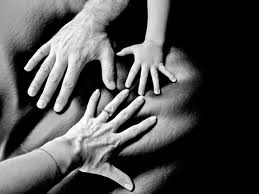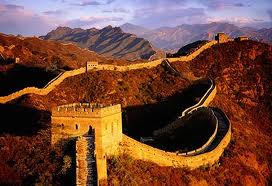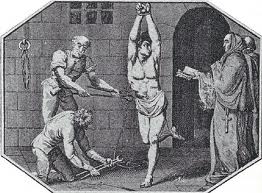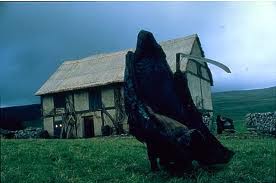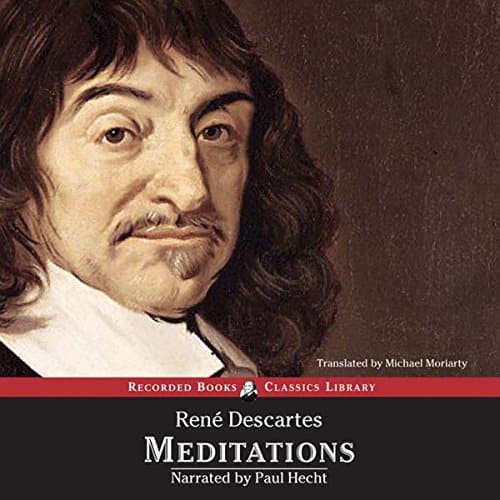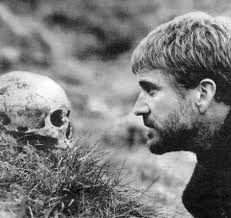William completed his Bachelor of Science and Master of Arts in 2013. He current serves as a lecturer, tutor and freelance writer. In his spare time, he enjoys reading, walking his dog and parasailing.
Article last reviewed: 2022 | St. Rosemary Institution © 2010-2025 | Creative Commons 4.0
Energy: The capacity to cause change. Kinetic Energy: Energy can be associated with the relative movement of objects; this energy is called kinetic energy. Heat/Thermal Energy: Kinetic energy associated with the random movement of atoms or molecules. Potential Energy: An object not presently moving may still possess energy. Energy that is not kinetic is called…
Coined by Auguste Comte (1798-1857), meaning the study of society- socius (being with others) ology (the study of) Henslin et al: “simply put, sociology is the discipline study of human social behaviour, especially the investigation of the origins, classifications, institutions, and development of human society on a global level” “the systematic study of social behaviour…
There has been a lot of debate of whether the federal or provincial government should take a leading role in health care. This essay will argue that the federal government should take initiative and play a leading role in health care. The federal government should take a leading role for the following reasons; in order…
A hurricane is defined as an intense rotated oceanic weather system, which has speeds faster than 74 miles per hour. Hurricanes form over tropical regions of the ocean during the late summer and early fall. In order for a hurricane to from the water must be warmer than usual, with a temperature of 27 C.…
Confucius– Confucious was a Chinese philosopher who has had a major impact on East Asia because of his teachings. He was born in 551 BCE and he died in 479 BCE. Confucius is important because he felt the world had gone wrong. He felt that it was up to him to try and save the…
Many people today are puzzled over whether a god truly exists or not. There are three approaches to the belief of an ultimate being one can classify as: atheist, agnostic, or theist. The related article for this paper on Anselm argues from the view point of a theist. A theist is one who believes in…
The history of our species is rife with violence, from ancient wars to random, vicious assaults, violence seems to pervade it. It also seems to be a big part of our present society, everyday we hear of some new person who has been brutally gunned down for no reason, another soldier who has been shot…
Overview Canada flushes approx 200 billion liters of raw sewage directly into natural waterways every year, from the St Lawrence River to the Strait of Juan de Fuca and the Pacific Ocean. That is only six percent of the three trillion liters of sewage Canadians produce annually but it is still enough to fill more…
Death is inevitable. We live our lives as best we can and then, just as we were brought into this world, we are removed from it. People attempt to live their lives to the fullest, and succeed. However, more commonly, we fall short of these expectations. Our lives are somehow derailed, no longer allowing this…
Men often feel their private lives are a series of traps The more aware they may become, the more trapped they may feel Neither the life of an individual nor the history of a society can be understood without understanding both Information often dominates attention and overwhelms their capacities to assimilate it Sociological Imagination The…
Wal-Mart has been apart of our lives for over 50 years, becoming a dominant force in the retailing sector. There are several disputes amongst economists about whether Wal-Mart has a positive or negative influence on our economy and society, many criticizing the Wal-Mart Corporation for its negative and careless approach to becoming the powerhouse it…
“Everyone suspects himself of at least one of the cardinal virtues, and this is mine: I am one of the few honest people that I have ever known.” This quotation is said by Nick Caraway, the narrator of Scott Fitzgerald’s novel The Great Gatsby. Fitzgerald depicts Nick as or moral guide through a novel infused…
Political Culture Culture: ‘patterns of beliefs and behaviour’ Institutional arrangements Social traits Political culture = cultural attitudes towards politics & government Attitudes, beliefs, values, norms about political issues and ideas Cultural differences among different groups and states Ideology Three categories of political culture: Parochial = negative + low Subject = positive + low Participatory =…
Centralization: What Form? Issue: how much centralization of power into the hands of a State government? classification = 4 types 1. Unitary central State government = all powers & govern whole state no legal challenger in political system, unlcss created by central government most common form: 150 states often: no constitution but traditional rules egs?…
Classification Typology: classification system for claiming broad similarities or differences Aristotle’s typology based on two questions: who rules? in whose interest? Who Rules Lawful (common good) Lawless (private interest) One Monarchy Tyranny Few Aristocracy Oligarchy Many Polity Democracy modern concept of “democracy” = polity — constitutional democracy Dickerson and Flanagan’s modern typology Political System: Liberal…
One of the major environmental crises that are taking place in the world today is the extensive destruction of the Amazon rainforest. This has been a problem for four decades now, since the rapid increase in the population of the globe meant that it has become necessary to find land on which to grow crops…
In Rene Descartes’ Meditations on First Philosophy, he is trying to explain and theorize that humans are more than just a shape with mass. He does so by creating the concept of the ‘I’ – or ego. I do not completely agree with Descartes’ beliefs of mathematics, his designation of the ego, and his use…
“Will you marry me?” A young man asks his girlfriend of two years. She has barely finished her last bite of linguini as he startles her with the awaited question. The nerves kick in and she takes a moment to reply. She doesn’t know what to say so she asks for more time to decide.…
Water, the most important resource on the planet, is not simply “H2O” unless it is first distilled. It contains many natural elements, some beneficial to health and some harmful. Water constituents are defined as a hazard when they have the potential to impair health. In addition to the natural hazards humans add to the constituent…
Key Ideas Many types of feminism (listed by Trimble) Key concepts: “sex”, “gender”, “masculine” and “feminine” Sex: biological, physiological, Gender: social construction of roles humans sexed male and female “Determine a person’s social, economic, cultural, and political status” Constructed discursively & materially One gender is valued or superior More than 2 genders (more than 2…


